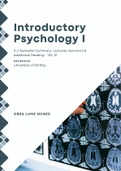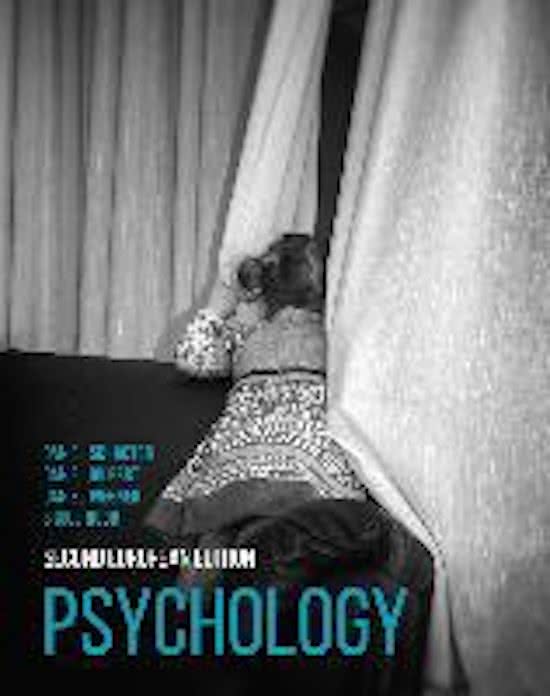Summary
Summary Introductory Psychology I - SEMESTER NOTES
- Course
- Institution
- Book
Summary of Introductory Psychology I. Given by Dr. Elaine Cameron at The University of Stirling in the autumn semester of 2020. Based on the lectures, the book, and the seminars. Notes are organized by topic in order of teaching. Written by Bea Lume Nunes. Note: I passed with a first using these no...
[Show more]




